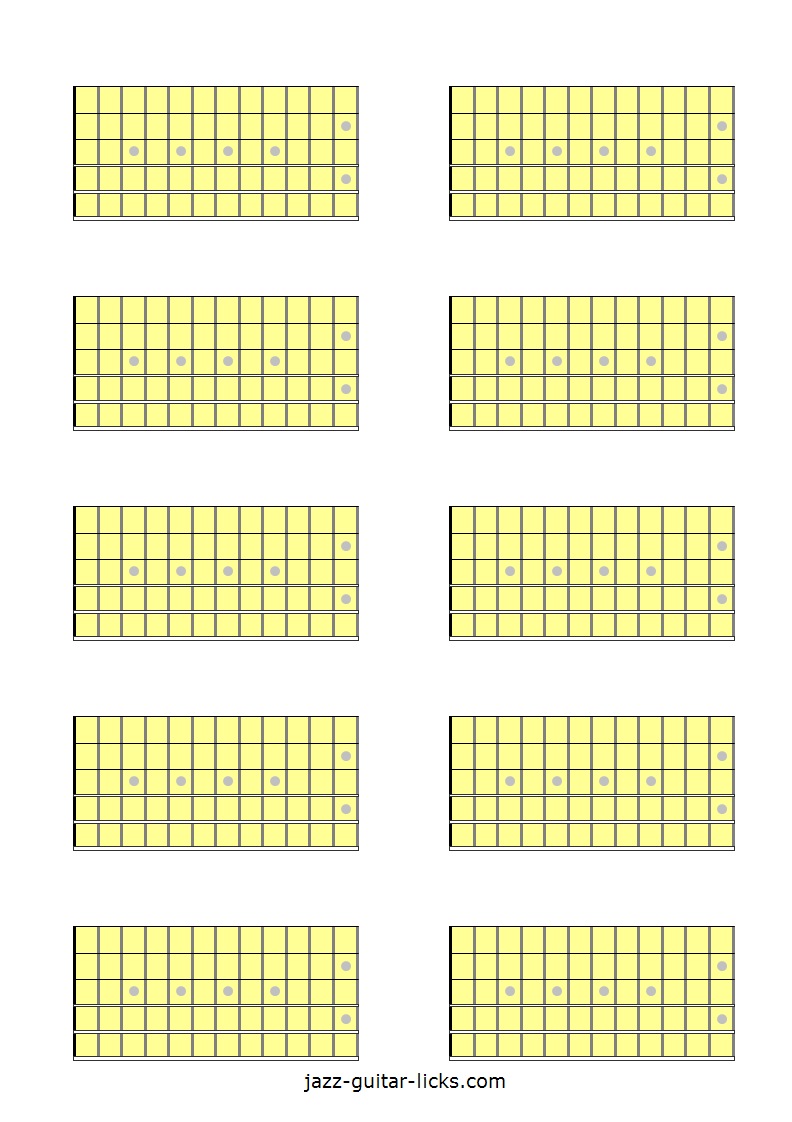
Disagreements and discussion are great, but hostility, insults, and so on aren't. Also, ensure that the bone is held superiorly, i.e., the smooth surface should face upwards.Please use the "report" button for posts violating the rules!ġ. Here’s a quick way to distinguish between the left and right clavicle.įirst, position the bone horizontally, holding its mid-region.
#NECK DIAGRAMS ALTERNATIVE HOW TO#
Left and Right Clavicle – How to Identify Deltoid muscle: remains attached along the anterior surface of the bone on the acromial end.Trapezius muscle: gets attached along the posterior surface of the bone on the acromial end.Sternohyoid muscle: attaches to the sternal end of clavicle.From there, the muscle extends into both sides, lateral and medial. Subclavius muscle: present in the subclavian groove of the shaft’s inferior surface.Pectoralis major muscle: gets attached to the anterior surface of the bone on the sternal end.Sternocleidomastoid muscle: gets attached to the superior surface of the bone on the sternal end.Out of these six, four muscles are attached to the sternal end or medial two-third of the clavicle, whereas two muscles are attached to the acromial end or lateral third of the clavicle. There is a total of six muscles that are attached to the clavicle. Sternoclavicular Joint: It is a synovial joint that is formed between the sternal end of the clavicle and the manubrium of the sternum.Īcromioclavicular Joint: It is a synovial joint that is formed between the acromial end of the clavicle and the acromion of the scapula. It acts as a site of attachment for the subclavius muscle. It is an indentation that runs horizontally along the inferior surface of the shaft, from the costal tuberosity to the conoid tubercle. It provides an attachment point for the trapezoid ligament, which is also a part of the coracoclavicular ligament mentioned above. It is an elevation or ridge that runs obliquely from the conoid tubercle to the lateral end of the clavicle. The prominence of the conoid tubercle serves as a useful landmark to identify the inferior surface of the clavicle. The coracoclavicular ligament attaches the clavicle to the coracoid process of the scapula. It serves as an attachment site for the conoid ligament, a part of the coracoclavicular ligament. On the inferior surface of the bone, there is a rough, bumpy projection called the conoid tubercle.

This ligament attaches the clavicle to the costal cartilage of the first rib. It is over 2 cm in length and acts as a site of attachment for costoclavicular ligament. On the inferior side of the sternal end, the bone bears a roughened oval elevation, called the costal tuberosity. Several important bony landmarks are found in these regions. This region is known as the lateral third. On the other hand, the region of the shaft that lies towards the acromial end covers the remaining one-third of the bone. This region is known as the medial two-third. The region lying on the side of the sternal end, covers the maximum portion, approximately two-thirds of the bone. The shaft can be divided into two regions, depending on its location and spread. Several muscles originate from or get attached in this part. ShaftĪs mentioned, the middle region of the clavicle, i.e., the region between the sternal and acromial end, is the shaft. This helps the clavicle to articulate with the acromion of the scapula, forming the acromioclavicular (AC) joint. The anterior border is concave forward, whereas the posterior border is convex backward.Īt the extreme edge of the acromial end, there is a small, flattened, and oval facet called the acromial facet. The lateral end has two borders: anterior and posterior. This region bears a facet known as acromial facet that articulates with the scapula. It is both the widest and thinnest portion of the clavicle. The broad, flat region of the clavicle lying towards the scapula is known as the acromial end or lateral end. The articular surface extends to the inferior side, articulating with the costal cartilage of the first rib. It bears a posterior tip and an anterior base, connecting the clavicle to the manubrium of the sternum at the sternoclavicular (SC) joint.

On the far edge of the sternal end, a triangular facet, called the sternal facet is present. It is curved and convex, bearing a rounded end that articulates with the sternum, forming the sternoclavicular joint. The part of the clavicle that lies towards the sternum is called the sternal end or the medial end.


 0 kommentar(er)
0 kommentar(er)
